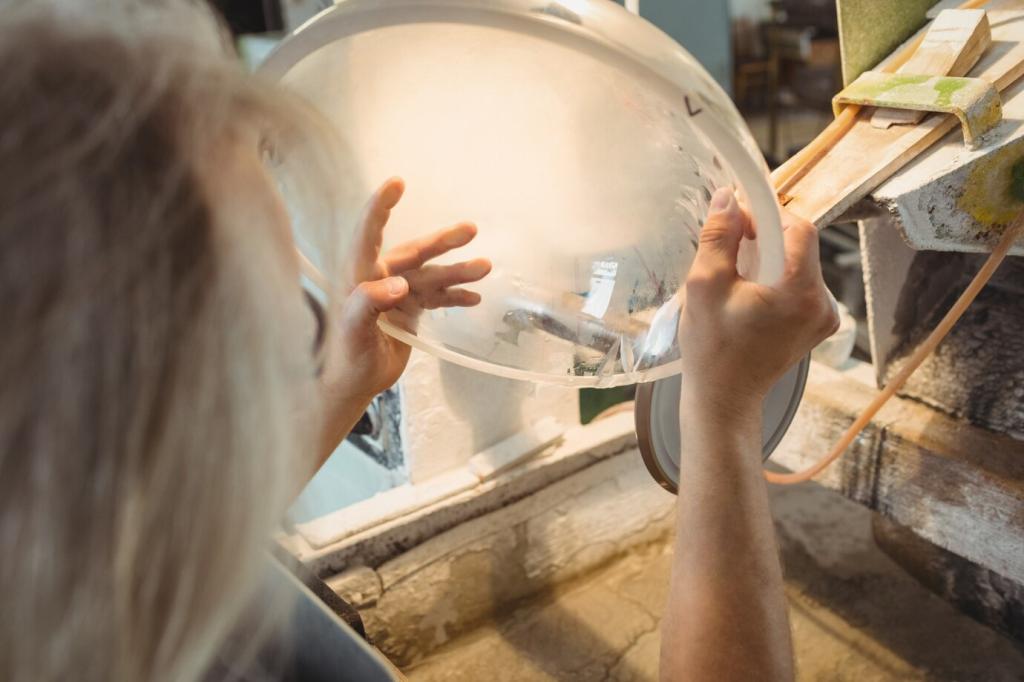Chosen theme: Cleaning Techniques for Antique Upholstery. Step into a world where fibers whisper history and gentle care keeps memories alive. Learn how to clean, protect, and celebrate heirloom upholstery without erasing its soul—and join our community of caretakers and storytellers.
Know Your Antique Fabric Before You Clean
Examine a hidden seam for clues: silk damask, cotton velvet, wool mohair, or horsehair weft can guide your cleaning choices. Check for fragile pile, hand-tied springs, and natural stuffing, then match methods that honor age, avoid agitation, and prioritize structural integrity.
Always test in a discreet spot using distilled water and a white cotton swab. Hold for thirty seconds, roll gently, and look for dye transfer. If color bleeds, pivot to dry or solvent-safe methods, and document results before touching any prominent surface.
Patina tells the story of use, while loose soil only dulls natural beauty. Aim to lift damaging particulates without scrubbing away history. Less is more with antiques: clean just enough to stabilize the fabric, and leave character intact for future generations to appreciate.


Spot Cleaning Without Overwetting
Blot with distilled water sparingly using a wrung-out, lint-free cloth. Add a drop of wool-safe neutral detergent if needed, but stop at first sign of dye bleed. Feather edges outward to avoid tidelines, and rotate clean cloth surfaces as they lift discoloration.
Spot Cleaning Without Overwetting
For oils, waxes, or furniture polish halos, test an odorless mineral spirit on a hidden area first. Apply with a cotton swab, wick out with white towels, and keep ventilation steady. Never pour solvents; control with droppers and patience to prevent spreading or haloing.
Use pipettes, spray bottles on mist, or dampened sponges wrung almost dry. Work in light passes, blot between each, and monitor for dye lift. Aim for surface contact rather than saturation, especially over horsehair or cotton batting that can trap moisture and foster mold.
Moisture Management and Drying Strategy
After gentle application, press with stacked white towels to pull moisture vertically. Replace towels as they dampen and use a light, even weight for uniform drying. This prevents tidelines and maintains fabric tension, particularly on seats where compression marks can become permanent.
Moisture Management and Drying Strategy
Shield from Light and Heat
Place pieces away from radiators and windows, or install UV-filtering films and sheer curtains. Rotate cushions and positions seasonally to distribute wear. Light exposure fades natural dyes and weakens fibers; prevention is easier than reversing sun damage on fragile textiles.
Handling Habits That Save Fabric
Use clean hands, avoid lotions and denim rivets, and consider washable arm caps on high-contact areas. Keep pets off antique seats, and discourage perching on arms. Gentle weekly vacuuming maintains brightness and removes grit that would otherwise act like sandpaper on threads.
Red Flags That Mean Stop
Shattered silk, split warps, metallic threads, or brittle, powdering fibers require conservation, not cleaning. Rust stains, tide lines from past floods, and odorous vintage foam also need expert assessment. If you are hesitating, pause and document before proceeding further.
Stabilization Before Cleaning
Pros may net fragile areas, pad losses, or secure seams before any moisture touches the surface. This prevents stress tears and dye migration. Temporary supports, gentle stitching, and vacuum-through-screen techniques often prepare the textile for safer, limited cleaning afterward.
Finding Qualified Help and Learning More
Search professional directories such as AIC or ICON for textile conservators with upholstery experience. Request treatment proposals, testing notes, and aftercare plans. If you have worked with a conservator, share your insights, and subscribe to receive interviews with experts and case studies.
